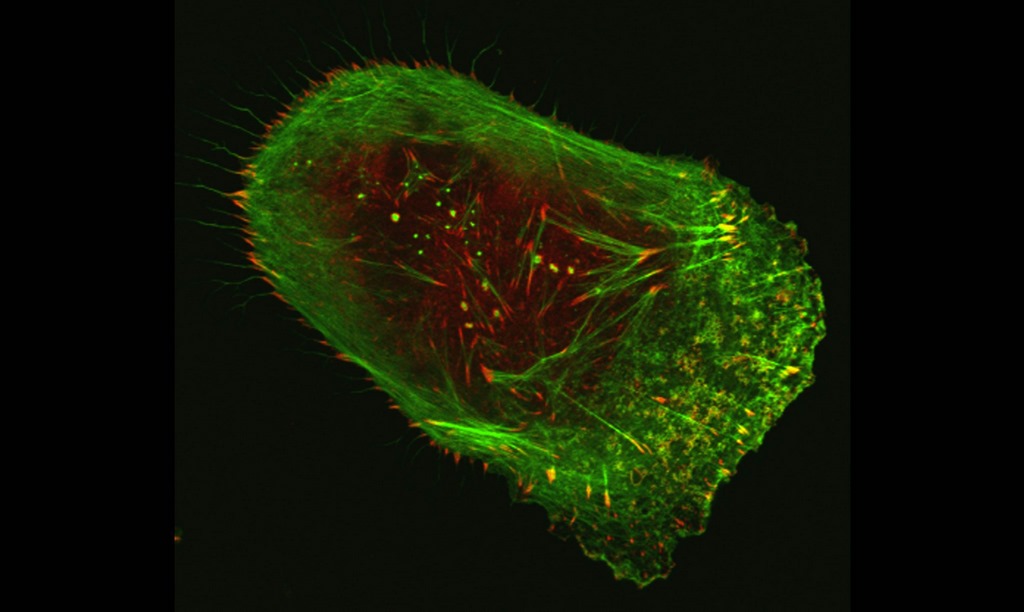
Scientists say new treatments for the most severe form of skin cancer could be developed now that they’ve made a major breakthrough, discovering a way to inhibit a key growth enzyme in melanoma.
When Glutaryl-CoA Dehydrogenase, (GCDH) was inhibited in tumors they weren’t able to survive long term. Potentially this is because it’s a key source of “food,” but also because it trigged a protein called NRF2 to acquire an ability to suppress cancer.
GCDH deprivation is now being theorized as a potential treatment, both through targeting pharmaceuticals in the case of a GCDH-inhibitor, or as a dietary intervention.
“In the study, we used genetic approaches to inhibit GCDH, which provide the proof of concept to search for small molecules inhibitors,” says Sachin Verma, Ph.D., a postdoctoral researcher in the Ze’ev Ronai lab at Stanford, and first author of the study.
“Indeed, we are actively searching for potential drugs that could inhibit GCDH, which would be candidates for novel melanoma therapies.”
Starvation as a treatment and/or cure for a variety of different cancers has been explored in oncology, as tumors grow fast but require tons of energy. Tumorous cells eat a lot of sugar, but also dine on growth factors produced through protein consumption.
This could be something like IGF-1, or GCDH which the researchers have discovered is especially needed in melanoma, such that it alone among 6 key enzymes utilized by the tumors caused it to stop spreading.
GCDH is critical in a healthy person for absorbing tryptophan and lysine, two essential amino acids critical for dozens of processes in the body.
RELATED: Protein Destroys ‘Hard to Treat’ Cancers, Could Become ‘One Size Fits All’ Pill
From a therapeutic standpoint, the study reveals several possible options. Though animal models without GCDH were basically normal, they could not tolerate a high-protein diet.
This is significant because some melanoma patients’ tumors are also low in GCDH. Given the enzyme’s role in processing proteins, the authors believed GCDH-poor tumors may also be vulnerable to high-protein foods, setting up a potential dietary treatment. In addition, reducing GCDH levels in tumors may be complemented with select protein diets.
Further exploration showed that inhibiting GCDH in an animal model gave the NRF2 protein mentioned earlier cancer-suppressing properties.
“We’ve known for a long time that NRF2 can be both a driver and a suppressor of cancer,” says Ze’ev Ronai, Ph.D, and head of the cancer center at Standord. “We just didn’t know how we convert NRF2 from a driver to suppressor function. Our current study identifies the answer.”
ALSO READ: New Cancer Therapy Completely Destroys Advanced Ovarian and Colorectal Tumors in 6 Days
Many innate functions and characteristics of tumors seem also to be the logical next step in treatments and cures, whether that’s disabling the mechanism that disguises tumors from the immune cells, drowning them in iron, or like in this study, starving them.
SPREAD This Good News On Cancer Research With Your Friends…



















